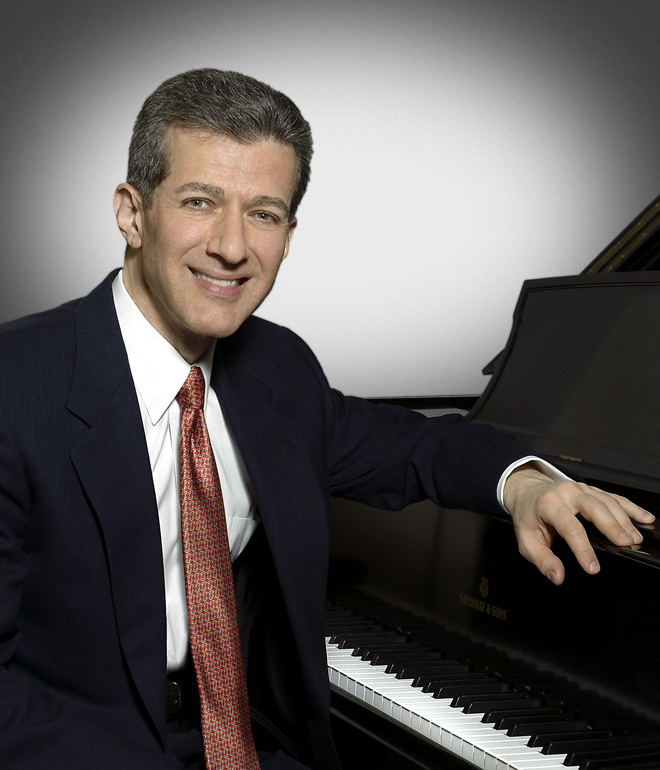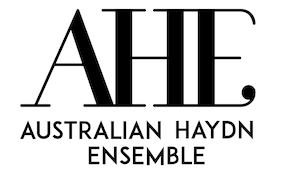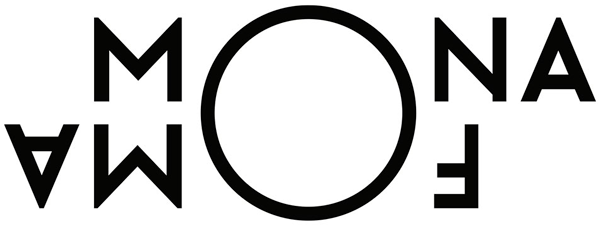The physical demands of performance can be a serious concern for many musicians. Injuries can have a devastating impact on a musician’s life and career and so the importance of a robust and engrained technique is the cornerstone of the methodology of many teachers. What connections are made between the biological realties of the human body and the technical principles of a musician’s training are not always front of mind however.
The Taubman Approach, pioneered by American pedagogue and pianist Dorothy Taubman, seeks to cement the relationship between bio-mechanics and virtuosity for pianists. One of the world’s leading experts in the Taubman Approach, John Bloomfield, from the Golandsky Institute shares his insight ahead of Australia’s biggest seminar on the Taubman Approach, taking place 10 & 11 January in Brisbane.

What are the core elements of the Taubman Approach?
The foundational principal of the Taubman Approach is that the forearm, hand, and fingers function together as a single unit. That may seem like a self-evident observation in that all of those parts of the body are obviously connected one to another. But, it is a very frequent occurrence for pianists to isolate the parts from the whole in the act of playing the piano. For example, the hand will be isolated from the arm when the wrist drops or when then hand twists away from the forearm at the wrist joint. Also, the fingers can easily experience isolation when they are curled inward or when they stretch apart. As soon as the different elements cease to function as parts of a whole, the playing apparatus doesn’t move efficiently and there will be some kind of compromise in terms of ease, accuracy, speed, or predictability.
What is fascinating about Taubman’s work is that she was able to analyze, describe, and then teach the underlying elements that make a technique function with brilliance and ease. The motions she describes in her approach are completely natural, and there are pianists who somehow fall into a “golden coordination” that allows these motions to function in the optimal way. Thank goodness for the rest of us, she provided a way to understand how to move at the piano that prevents fatigue and injury. Moreover, this way of moving promotes the artistic values that we associate with high-level playing.
The Taubman principles are described as an ‘approach’ rather than ‘method’. What makes Taubman different from Suzuki or Hanon for example?
Taubman’s genius is that she was able to uncover the motions that make a piano technique function well. Many of these motions are so minute that they avoid detection with the naked eye, yet they are absolutely essential if the body is to function with freedom and ease. While many methods prescribe a series of graded exercises or progression of pieces, the Taubman Approach outlines a series of movements that promote a healthy, coordinate approach to playing the piano.
This is in direct contrast to approaches that are based on ideas of muscular development or endless repetition. The Taubman Approach is grounded in the principles of human anatomy and physiology, but it is far more than a mere description of how to move with ease at the instrument. The goal for any technical approach should allow pianists to realize the music they play in the most appropriate, artistic way. What Taubman did was to provide tools for just that. It is interesting that pianists trained by her sound utterly different from one another. Her approach has given them all the means to bring their own artistic vision to life more fully and reliably.
Dorothy Taubman, the pioneer of the Taubman Approach, refined this method of perfecting Piano technique over five decades. What inspired her to develop this fascinating process?
Taubman was a very democratically-minded person. Her idea was that playing well should be possible for anyone who had the desire to do so. As a pianist with natural facility, she would simply observe how her students’ hands differed from her own in the early stages of her career. She would have people imitate her hand, and, gradually, principles began to emerge. The first big insight was that playing was easier when the arm lined up behind the playing finger.
But, it didn’t stop there. Taubman had an insatiable curiosity, and if something didn’t work as well for one student as the next, she would ask why. She continued to probe and investigate, and over time a systematic approach evolved. It is to the eternal benefit of piano students the world over that she never assumed lack of talent was the reason people couldn’t play well. She believed very strongly that lack of information was the root of students’ problems. Naturally, playing the piano is a complex and subtle pursuit, and some people are naturally more adept than others. But, with a knowledge of how the body works and how it interacts with the instrument, it turns out that all students can progress to the limits of their ability.
Taubman is based on some impressive scientific research into the bio-mechanics of pianists. Tell me more about the benefits to musicians’ health.
The benefits are enormous and far-reaching. Taubman has been often known for curing playing-related injuries. We know that many people in our field suffer from repetitive motion injuries, and the Taubman Approach provides a way to recover from them. However, the Approach is not only curative, but also preventative. So, students trained with the knowledge of how their bodies move can be taught to avoid problems in the first place. Taubman observed over and over that her principles were actually therapeutic for people who were struggling.
Of course, this is not only a movement issue, but one directly related to making music. The way a pianist moves directly impacts the sounds that come from the instrument. Armed with the knowledge about how a technique functions freely, a pianist can devote enormous creative energy to the act of making music.
What level of skill does a pianist have to be in order to start applying the Taubman approach to their playing?
Since the Taubman Approach is based on natural coordinate motion, it is appropriate for students of any level, from the earliest beginner to the most developed artist. If students start their training with an awareness of how their bodies move well and what some of the potential physical pitfalls are, many problems are simply avoided from the outset. For example, in my experience, pianists often assume that their fourth fingers are naturally weak. But, if a student is taught from the beginning that the arm always lines up behind the playing finger, that fourth finger will feel strong and the student will never conceive of the fourth finger not being as capable as the others.
It is a sad fact that many highly talented, extremely gifted pianists feel limited in their ability to express themselves. The Taubman Approach can give them the tools that make it easier to bring music to life in the way that is more gratifying.
What’s your personal experience of learning this approach? What music milestones have you achieved?
I went to Taubman because I was always tight when I played the piano. In my schooling experience there was only suggestion that one practice harder to overcome difficulties, never the idea that problems might be solved with the application of knowledge. It was a revelation when I went to Taubman that problems had causes, that they could be diagnosed, and that reliable solutions could be brought to bear on the most difficult issues. Another of Taubman’s great gifts to her students was that there is always a solution and that one should never give up. This information is available to everyone. Those who are able to attend the workshop this weekend either online or in person will gain many skills which they can immediately put into practice into both their teaching and playing.
John Bloomfield’s Taubman Approach Workshop takes place 10 & 11 January at the Nickson Room, University of Queensland. Tickets available online.

















Comments
Log in to join the conversation.